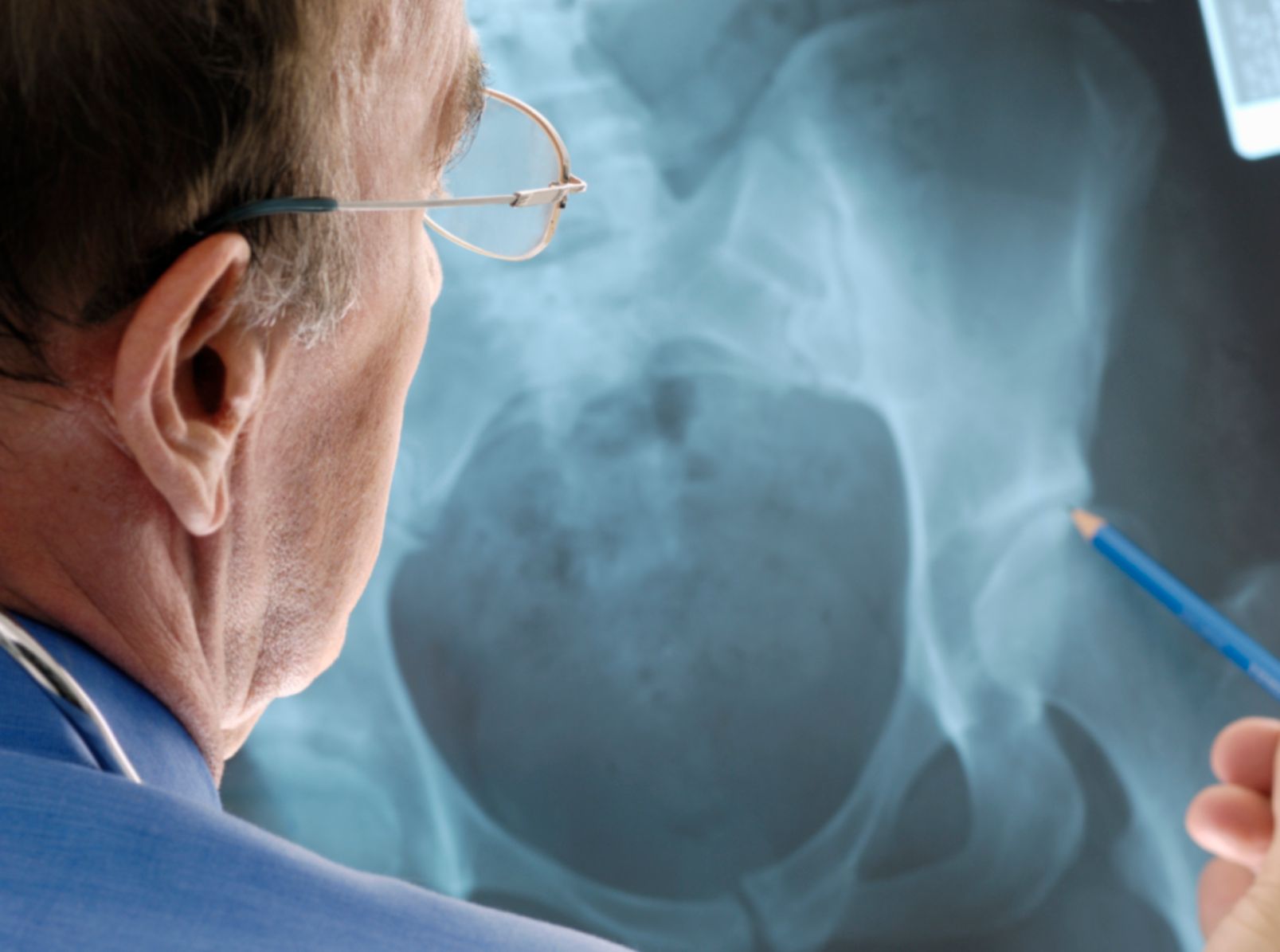Article
COVID-19 Pandemic Has Slowed Diagnoses, Treatment of Osteoporosis
A survey of providers within the IOF and NOF provides insight into the effects of the COVID-19 pandemic on the diagnosis and treatment of osteoporosis across multiple regions throughout the world.
This article was originally published on RheumatologyNetwork.com.

Results of a recent survey report indicate the COVID-19 pandemic has slowed the diagnosis and treatment of osteoporosis.
Published in Osteoporosis International, the study focused on the changes that have occurred during the pandemic for patients with osteoporosis concluded there has been delays in dual-energy X-ray absorptiometry (DXA) scanning, problems with medication supply, a decrease in face-to-face consultations, and reductions in parenteral medication delivery.
Investigators first created surveys focused on the management and treatment of osteoporosis in the early stages of the pandemic and dispersed them to members of the International Osteoporosis Foundation (IOF) and the National Osteoporosis Foundation (NOF). Details such as the location and specialty of the physicians were included, as well as questions about face-to-face consultations, alterations in risk assessment and medication ascertainment, telemedicine experience, and electronic health record (EHR) utilization.
The NOF surveys were conducted between April 15 and 24, 2020, and IOF surveys between May 18 and June 8, 2020. The questionnaires were sent to 400 and 526 healthcare providers, respectively, via a SurveyMonkey platform. Survey responses were received from 209 members across 53 countries, including Europe (28%), North America (24%), the Asia Pacific region (19%), the Middle East (17%), and Latin America (12%). Participants were largely made up of physicians (85%), with the 3 main specialty groups being rheumatology (40%), endocrinology (22%), and orthopedics (15%).
Results indicated that 33% of physicians conducted telephone consultations and 21% utilized video consultations. Only 29% obtained DXA scans in a timely manner and 33% decided to delay DXA scans for when risk of COVID-19 infections had lessened. As the assessment and management of osteoporosis is mainly performed in-office, including the prescription and delivery of medication, physicians have faced logistical challenges during the pandemic. Access to the FRAX® fracture risk assessment tool was down 60% in April compared with February 2020, indicating that assessments have suffered during that time. Additionally, 43% of physicians had difficulty obtaining and dispensing osteoporosis medications to their patients; however, 60% had plans in place to identify patients receiving parenteral medication in order to proactively discuss care.
Of the 43% reporting issues with medications, the main reasons included limited supply, delays in administering parenteral medication, and patient reluctance to face-to-face visits. For the “healthcare professional-administered treatment,” 46% of physicians felt their safeguards were sufficient enough to minimize risk of COVID-19 exposure, 21% delayed treatment, 13% wanted to switch patients to an oral medication, 8% considered in-home administration, and 3% moved to another clinical location.
During the pandemic, 28% of providers conducted virtual appointments for established patients needing diagnostic services, 40% were available for established patients needing treatment decisions, yet only 19% were willing to see new patients via telemedicine. Additionally, although 63% prescribed both refills and new prescriptions for their patients, 28% were comfortable prescribing refills only, and 3% made new prescriptions only.
More than half (57%) of physicians surveyed were open to patients for telemedicine or face-to-face appointments for both emergencies and routine appointments, 21% were open for emergencies only, 23% for routine visits only, and 7% were closed entirely.
During the COVID-19 pandemic, 93% of physicians reported that it took as much or even more time to chart EHRs because of issues including communication and documentation, technical, workflow, treatment, and safety.
Reimbursement for telemedicine appointments proved to be another issue for physicians during that time, as it was unavailable for 20% of respondents, 14% were unsure about policies or status, and reimbursements were not applicable for 17%.
“In many countries, there appears to be a substantial impact on reimbursement due to the change in number and type of patient visits, which may have implications for the ability to sustain and offer various osteoporosis clinical services and tests such as DXA,” investigators explained. “This must be carefully monitored as such changes could lead to a reduction in resources, a decrease in the assessment and treatment of patients with osteoporosis and osteoporosis-related fracture, and could ultimately translate into increased fracture rates and burden in the future.”
Investigators do believe there may be a silver lining to the shift into virtual appointments. “The way in which osteoporosis care is offered has profoundly changed with almost 1 in 3 healthcare providers performing telephone consultations and 1 in 5 performing video consultations. Over a fifth of respondents reported over 20 telemedicine appointments per week,” they stated. “It will be interesting to see whether this modality of patient contact continues to be widely accepted and used as lockdowns lift and we return to the ‘new normal.’ The move toward telemedicine may be advantageous in the long term, with previous studies demonstrating financial savings and increased efficiencies for healthcare systems, and increased convenience and satisfaction for patients.”
The COVID-19 pandemic has impacted the way physicians treat their patients with osteoporosis, which in turn has negatively affected the assessment and management of these patients. This may result in a rise of fracture rates and morbidity.
“The long-term impact the COVID-19 pandemic will have on chronic disease management and global health systems is difficult to predict,” investigators concluded. “In the short-term, we see immediate challenges to maintaining appropriate levels of care, particularly for patients at greater risk for the COVID-19 virus.”
This study, "How has COVID-19 affected the treatment of osteoporosis? An IOF-NOF-ESCEO global survey," was published in Osteoporosis International.




